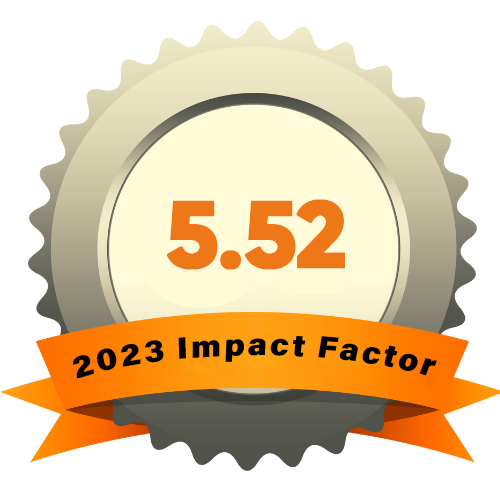METHODS OF TEACHING LISTENING
Abstract
Being taken into consideration as world language English had a focus on existence verbal exchange through the use of the language crossing the margin on paper and pencil activities. The decline of grammar translation method, in 1960s, clarified that language studying manner can't be restrained through writing and analyzing exercises, even as provisional continuation of different strategies proved that oral language (speaking and listening) does now no longer make up complex language. Subsequently, it has a tendency to be stated that language had higher to be trained in integrated way, which includes all 4 abilities simultaneously. This article attempts to expose how listening can help English learners to enhance language skills.
References
Byrnes H. (1984). The role of listening comprehension: A theoretical base. Foreign Language Annals, 17: 317-329.
Coakley CG & Wolvin AD. (1986). Listening in the native language. In B. H. Wing (Ed.), Listening, reading, writing: Analysis and application (pp. 11-42). Middlebury, VT: Northeast Conference.
Gass SM.(1988). Integrating research areas: A framework for second language studies. Applied Linguistics. 9:198-217.
Lund RJ. (1990). A taxonomy for teaching second language listening. Foreign Language Annals, 23: 105-115.
Mendelsohn DJ & Rubin J. (1995). A guide for the teaching of second language listening. San Diego, CA: Dominie Press.
Morley J. (1991). Listening comprehension in second/foreign language instruction. In M. Celce-Murcia (Ed.), Teaching English as a second or foreign language (pp. 81-106). Boston, MA: Heinle & Heinle.
Nunan D & Miller L. (Eds.). (1995). New ways in teaching listening. Alexandria, VA: TESOL.
Omaggio-Hadley A. (1993). Teaching language in context (2nd Ed.). Boston. MA: Heinle & Heinle.
Peterson PW. (1991). A synthesis of methods for interactive listening. In M. Celce-Murcia (Ed.), Teaching English as a second or foreign language (pp. 106- 122). Boston. MA: Heinle & Heinle.
Richards JC. (1983). Listening comprehension: Approach, design, procedure. TESOL Quarterly. 17: 219-240.
Rixon S.(1981).The design of materials to foster particular linguistic skills. The teaching of listening comprehension. (ERIC Document Reproduction Service No. ED 258 465).
Rost M. (1990). Listening in language learning. London: Longman.
Rubin J. (1987). Learner strategies: Theoretical assumptions, research history and typology. In A. Wenden & J. Rubin (Eds.), Learner strategies in language learning (pp. 15-30). Englewood Cliffs, NJ: Prentice-Hall.












